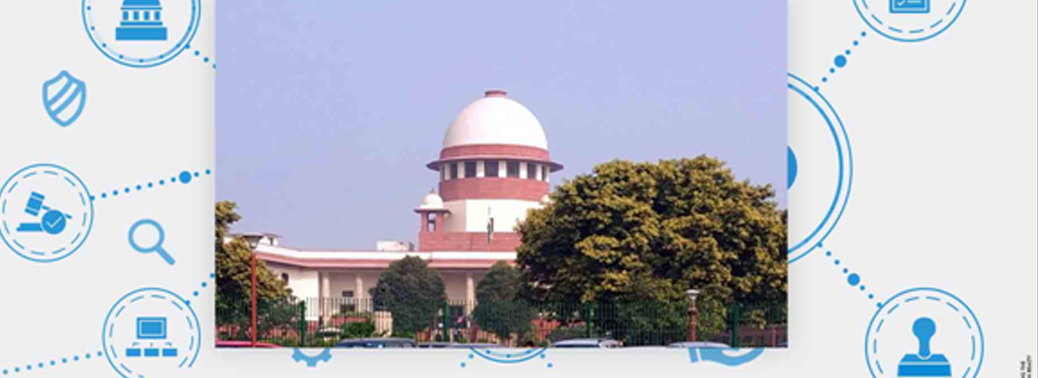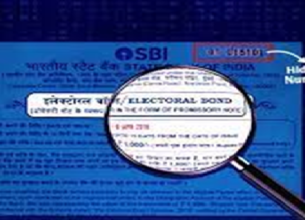CO-OPERATIVE BANKS UNDER SARFAESI ACT
06, May 2020

Prelims level : Indian economy - Banking
Mains level : GS-III Indian Economy and Issues Relating to Planning, Mobilization of Resources, Growth, Development and Employment.
Why in News?
- The Supreme Court held that Co-operative banks established under a State law and multi-State level co-operative societies come within the ambit of the Securitisation and Reconstruction of Financial Assets and Enforcement of Security Interest (Sarfaesi) Act of 2002.
Issues Involved:
- The Judgment Came in view of Several Conflicting decisions by high courts on the issues of
- Whether the Co-operative banks can be called as “Banks (financial Institutions)” under the Banking Regulation Act of 1949
- Whether the Parliament has legislative competence to regulate financial assets of cooperative banks formed under state law.
- The argument was that under Lists I and II of the 7th Schedule, the Constitution provides for distinct fields of legislative entries for the state legislature and Parliament and once there is already a valid law made by the state referring to its own field, there should not be a parallel parliamentary law on the same topic.
Verdict of the Supreme Court:
- The court has upheld the central government’s notification which brought co-operative societies within the purview of the Sarfaesi Act.
- The Supreme court said Co-operative banks come within the definition of “Banks” under the Banking Regulation Act, 1949 for the purposes of the Sarfaesi Act. The recovery procedure under the Sarfaesi Act is also applicable to co-operative banks and there is no clash with the Banking Regulation Act, 1949.
- The court also ruled that the Parliament has legislative competence to provide procedures for recovery of loans under the Sarfaesi Act with respect to cooperative banks.
- The court was of the opinion that recovery of dues would be an essential function of any financial institution and co-operative banks cannot carry on any activity without compliance of provisions of the banking Act and any other legislation applicable to such banks and the RBI Act.
About Sarfaesi Act:
- Banks utilize Sarfaesi Act as an effective tool for bad loans (Non Performing Asset) recovery.
- The Sarfaesi Act is effective only against secured loans where banks can enforce the underlying security.
- Major feature of Sarfaesi is that it promotes the setting up of asset reconstruction companies (ARCs) and asset securitization companies (SCs) to deal with NPAs accumulated with the banks and financial institutions.
- Following are the main objectives of the Sarfaesi Act.
- Provides the legal framework for securitization activities in India.
- It gives the procedures for the transfer of NPAs to asset reconstruction companies for the reconstruction of the assets.
- Enforces the security interest without Court’s intervention.
- Gives powers to banks and financial institutions to take over the immovable property that is pledged to enforce the recovery of debt.











